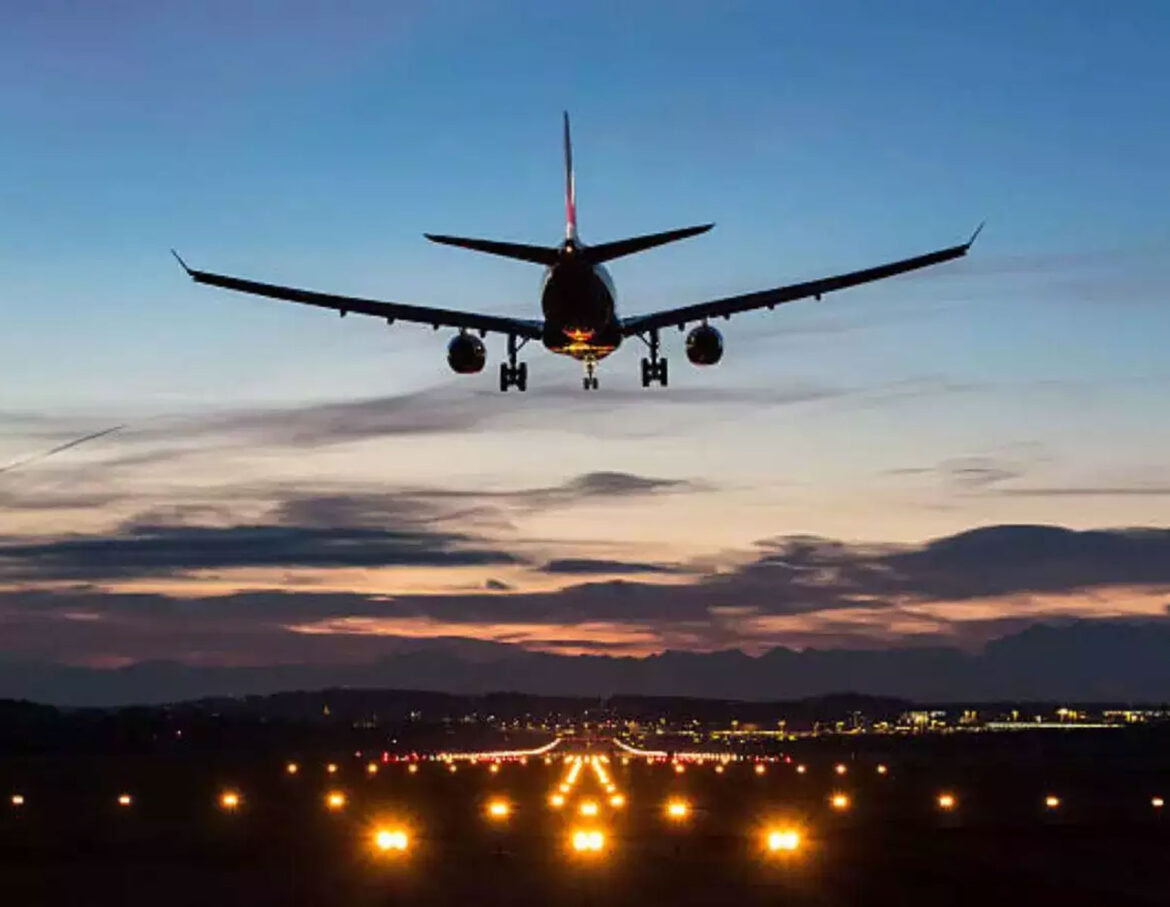A week of tragic and alarming aviation incidents has left the world reeling, claiming over 200 lives and raising serious concerns about air travel safety. The series of events unfolded across South Korea, Kazakhstan, Canada, and Norway, culminating in devastating crashes and emergency landings.
Azerbaijan Airlines Flight 8243
On December 25, Azerbaijan Airlines Flight 8243, en route from Baku to Grozny, Russia, crashed after veering hundreds of miles off its planned route. The flight, carrying 64 passengers and 5 crew members, crash-landed on the opposite shore of the Caspian Sea in Kazakhstan.
Heavy fog in Grozny forced the flight to divert, but a catastrophic series of events ensued when the plane was reportedly struck by Russian air defense systems. The aircraft caught fire upon crashing, prompting immediate deployment of emergency responders to extinguish the flames. Miraculously, 29 passengers survived, though many suffered injuries. The incident has drawn international attention, with authorities investigating the circumstances leading to the tragic accident.
Jeju Air Flight 2216 – South Korea
South Korea witnessed its deadliest aviation disaster in years when Jeju Air Flight 7C2216 crashed at Moan International Airport. The flight, traveling from Bangkok, Thailand, carried 181 people, including six crew members.
The crash occurred at around 9 a.m. local time as the landing gear failed to deploy. The aircraft skidded off the runway, struck the airport wall, and erupted in flames. A harrowing video of the crash revealed the terrifying moments leading to the disaster. Only two crew members survived, while 179 lives were lost in the catastrophe. Authorities are investigating the mechanical failure that caused the fatal incident.
Air Canada Flight 2259 – Canada
In Canada, Air Canada Flight 2259 narrowly avoided tragedy after its landing gear malfunctioned, forcing an emergency landing at Halifax Stanfield International Airport on Saturday night. The flight, originating from St. John’s International Airport, experienced difficulties at around 9:30 p.m. local time.
Despite skidding on the runway and a fire breaking out in one engine, all passengers and crew members were safely evacuated. Emergency responders swiftly managed the situation, ensuring there were no casualties. Operations at Halifax Airport were briefly suspended, with one runway later reopened.
KLM Flight KLM1204 – Norway
The fourth incident occurred in Norway, where a KLM passenger flight from Oslo to the Netherlands skidded off the runway during an emergency landing at Oslo Torshavn Airport. The Boeing aircraft, carrying 176 passengers and 6 crew members, veered into a grassy area adjacent to the runway.
Preliminary reports suggest a hydraulic system malfunction prompted the emergency landing. Fortunately, no injuries were reported. Passengers and crew members praised the pilots for their quick decision-making, which averted a potential disaster.
Aviation Safety Concerns Mount
The unprecedented string of incidents has prompted global scrutiny of aviation safety standards. While some incidents were caused by mechanical failures, others, such as the Azerbaijan Airlines crash, involved complex geopolitical and weather-related factors. International aviation authorities are calling for thorough investigations to identify and address systemic issues.
As the aviation industry grapples with these events, experts emphasize the importance of rigorous maintenance, training, and coordination to ensure passenger safety. The tragedies serve as a stark reminder of the challenges and risks inherent in air travel, underscoring the need for continual improvement in safety protocols.



